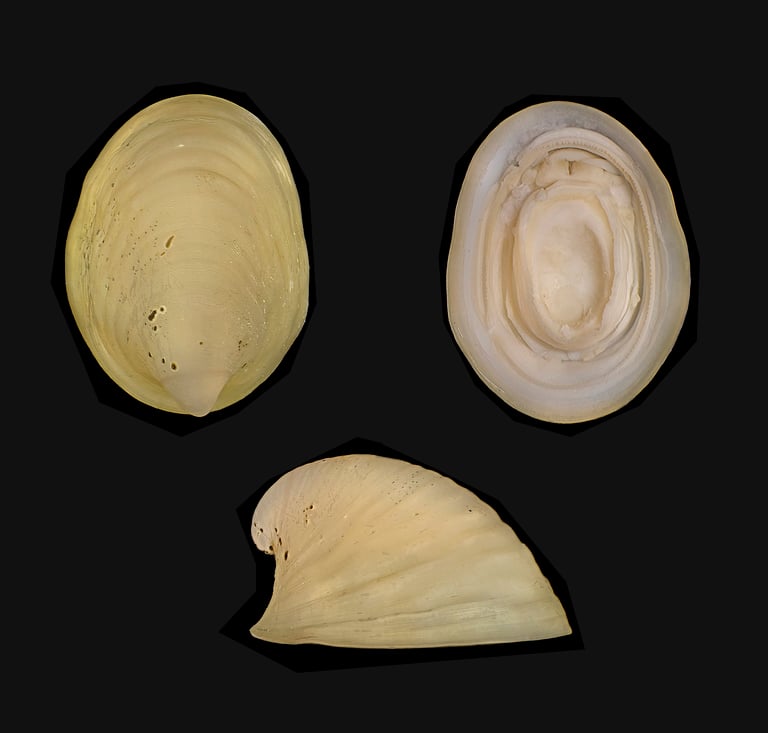Scientists Fast-Track Naming of 11 New Marine Species to Boost Conservation Efforts
August 6, 2024
Researchers have documented eleven new marine species, coordinated by the Senckenberg Ocean Species Alliance (SOSA), and published their findings in the journal 'Biodiversity Data Journal'.
This initiative, known as 'Ocean Species Discoveries', aims to facilitate rapid publication of species descriptions, addressing the long delays traditionally associated with taxonomic work.
Historically, the process of describing new species can take between 20 to 40 years, which significantly hampers conservation efforts.
Only described species can be included on the IUCN Red List, which plays a crucial role in influencing political decisions regarding marine conservation.
Timely discovery and naming of these invertebrates are essential for assessing their risk status and advocating for their protection, as emphasized by Senckenberg scientist Julia Sigwart.
Among the newly identified species is the purple sea cucumber, Psychropotes buglossa, which is at risk due to economic activities in its habitat.
Another notable discovery is the crustacean Cunicolomaera grata, previously known only through mysterious holes in the ocean floor before researchers observed and classified it.
The publication also highlights other unique species, including the deep-sea snail Lepetodrilus marianae, found at hydrothermal vents.
With an estimated two million marine species still unknown, many are at risk of extinction before they can be discovered and classified.
The research underscores significant threats facing the oceans, including climate change, pollution, plastic waste, and overfishing.
Collaboration and technological advancements are vital for describing the estimated 1.8 million unknown marine species, as noted by Prof. Dr. Julia Sigwart.
The ARPHA publishing platform is instrumental in expediting species descriptions and providing easy access to species data for researchers and conservationists.
Summary based on 5 sources
